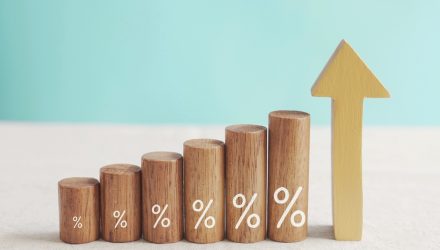With the Fed pausing rate hikes this month as announced this week, investors now look nervously toward October. While earlier this year markets were even considering the possibility of rate “cuts” this year, now further hikes may be in the cards. Markets may have coped relatively well with rising rates already, but their impact does tend to lag for months. Investors may, then, want to consider how active ETFs may be a solid tool to adapt to further hikes.
How many more hikes may the Fed be considering? Media coverage suggests at least one further hike for 2023. Fed leaders appear to be somewhat divided on the subject based on data from the September meeting, though leaning towards another hike. Not only are markets facing “at least” one more hike, but they also face a stubborn higher for a longer regime next year.
See more: “Active ETFs Outperformed Passive Funds in 1H 2023”
Further rate hikes could bolster two different narratives for the stock market. On the one hand, constricting credit markets and lending even more would obviously put pressure on firms lacking solid fundamentals. On the other hand, the next rate hike may see markets respond positively as it seems likely to be the last for this cycle.
Active ETFs in Rising Rate Scenarios
Both scenarios provide an opportunity for active ETFs to thrive. Rising rates may expose firms with questionable balance sheets, for example, which active strategies may detect more quickly than passive strategies that invest by committee. At the same time, active strategies could ride a positive market reaction to an end to the rate cycle which could come next month, too.
T. Rowe Price offers a roster of actively managed ETFs that could be worth considering for curious managers. That suite includes funds like the T. Rowe Price Growth Stock ETF (TGRW).
For more news, information, and analysis, visit the Active ETF Channel.








